Text: Robert Čoban
Following restoration, two elite museums in Serbia opened their doors last year – the Gallery of Matica Srpska (GMS) in Novi Sad and the Museum of Modern Art (MMA) in Belgrade. We have talked to the directors of these two institutions – Tijana Palkovljević-Bugarski (GMS) and Slobodan Nakarada (MMA) – about the importance of quality art in an impoverished and politicized society like ours, and asked them the same 7 questions. Here are their answers.
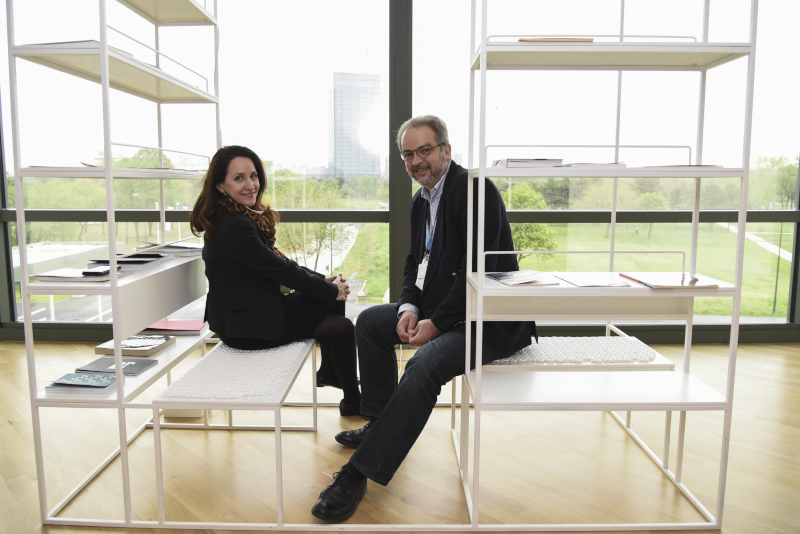
1. The opening of the MMA and GMS, after the restoration, was one of the most important cultural events in Serbia in 2017. Looking back, how did the visitors and the general public react to the new-old museum space?
2. You have both been at the helm of your respective museums for years, and have been managing them under various political circumstances. How important is continuity in making significant progress in organizations such as big museums or theatres?
3. How can elite institutions, like these two, help smaller museums and galleries not located in Belgrade or Novi Sad with setting standards and having a breaktrough on an overly saturated media stage? The fact is that 90% of cultural events take place in Belgrade and Novi Sad, while the audiences, living elsewhere, are starved of good quality cultural content.
4. How important is for museums, like the two you are managing, not to focus on elitist segment of the audience or foreign tourists alone? In which way do you reach children and people from different generational and social spheres? How can museums be likeable to the media with many of the media outlets not even having a culture segment anymore?
5. At the recent promotion of Hello! Travel: Vojvodina magazine, there was a lively debate about what was more important – museums promoting domestic art and, by doing so, appealing to domestic audience, or staging big exhibitions of famous foreign artists (like the exhibition of Andy Warhol’s artwork in Novi Sad in 2017, or the Hermitage Museum exhibiting at the Klovića Dvori Gallery in Zagreb, which is currently being advertised on billboards all over Belgrade)?
6. It often happens that the works of the Serbian painters are auctioned off abroad and that they are mostly bought by foreign art collectors, instead of the state of Serbia. How can we change this? How can we instil the manners of Prince Pavle Karadjordjević and Pavle Beljanski into today’s political and social elite?
-
What kind of exhibitions / programmes are you planning on staging in your respective museums by the year end?
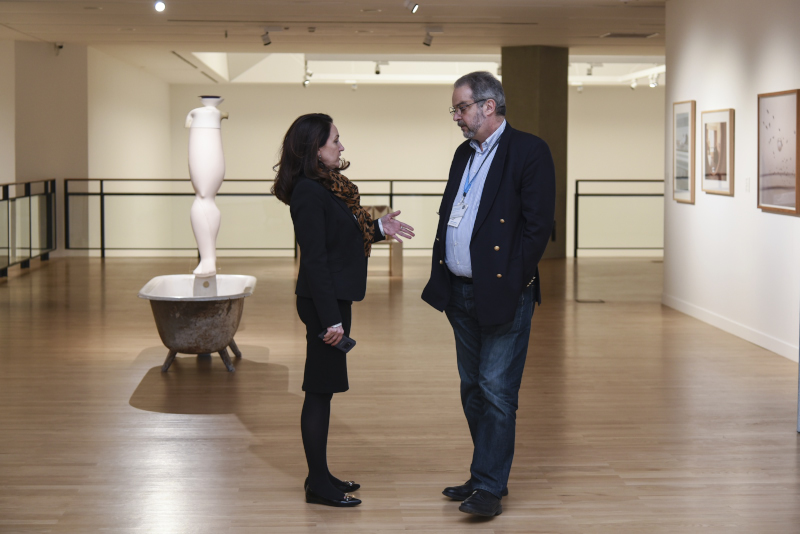
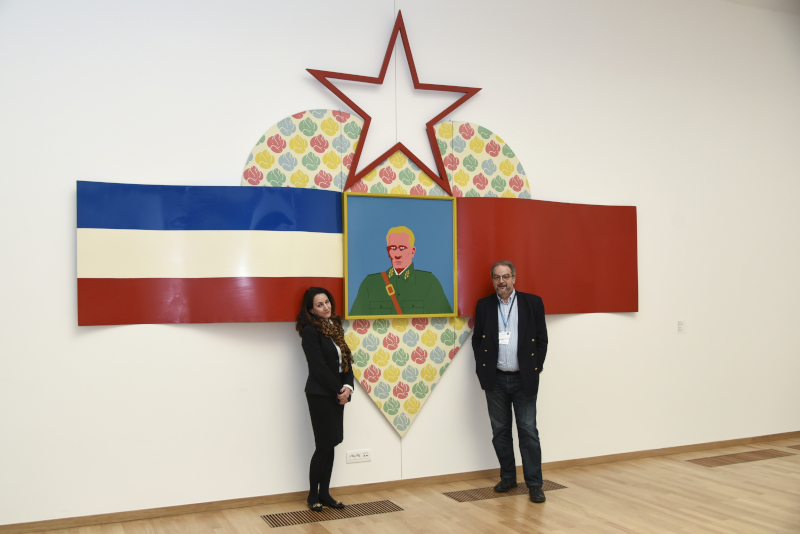
SLOBODAN NAKARADA:
-
The reactions were fantastic! So far, over 84,000 people have visited our museum, and I do believe that we are constantly underestimating the thirst that people have for this kind of cultural content. The Museum’s building in Ušće was closed for 10 years, and we were sure that the audience had disappeared for good and forgot what we had in our possession. You have to constantly communicate to your audience and especially educate younger generations.
-
Continuity is important for creating stability in our institution. If we want top quality, then we have to work in normal conditions, without our employees constantly fearing that someone else will take over and make them redundant. For the first time ever, we are putting together plans for the next 3 years.
-
In late May, we invited all the institutions in Serbia, which we are a parent institution of, to come to Belgrade for one day, visit the Museum of Modern Art, and talk about shared problems, how to overcome them, and especially about the standards we are trying to reach. We definitely want to try to decentralize cultural events.
-
We are very keen on culture and we have talked enough. Now, we need to focus on implementetion. I think there are indications and the awareness of the importance of culture for our nation. The education and the various programmes we run in our institution will definitely change the current situation soon. The museum has a youth and a children’s club, both very popular. Tourists are not always a social elite but curious people who want to get to know the country they are staying in. I think we are on the right track in terms of not being perceived only as a country of good entertainment and good bars, but also as a cultural destination. We all want Belgrade to become the cultural capital of the Balkans and Europe, but we must work harder and invest more to achieve that. Following the opening of the MMA, we started this story because culture belongs to everyone.
-
I’m very ambivalent about that issue. We are exhibiting Serbian, Yugoslav and international art collections. For me, favouring domestic art at the expense of foreign is a fake demagogy. Our painters are not damaged by that in any way. Art should not be concerned with origin but with the quality and the significance of the artwork you are exhibiting. Contemporary art is our heritage! And that’s it!
-
It will not be easy, I am afraid, to change that. A lot of our artwork was found at various auctions. The state must find the mechanisms to investigate, at least through our embassies, what is being sold and somehow negotiate and buy back the artwork of national importance. We must love our own culture more and we must fight for it. We have to organize fundraisers, animate wealthy business people to help, provide tax reliefs and do whatever is needed to get national art back to our country. This should be a well-organized, professionally executed and continuous action, rather than a sporadic one.
7. In October 2018, together with the Vojvodina Museum of Modern Art, our museum will stage a very interesting exhibition about Ilija Šoškić, whose art is more famous in Italy than in Serbia. In January 2019, we are going to have an exhibition of the German contemporary art, and in mid-2019, we are going to showcase the art of Mileta Andrejević, whose work is exhibited in top museums all over the world. Of course, than we have the blockbuster exhibition of Marina Ambramovich in September 2019. As I am talking to you about this, I have to say that I am a little bit surprised of how ambitious we sound. We can do it and our audiences deserve only the best! The time has come to pay it forward.
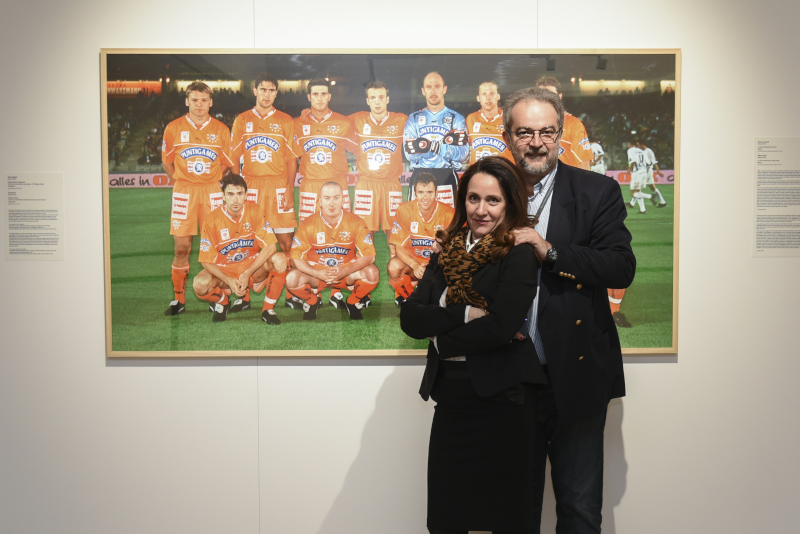
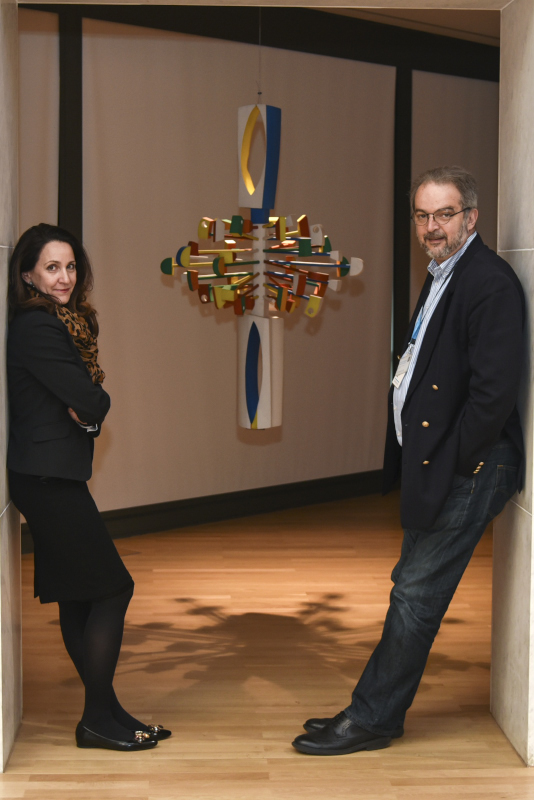
TIJANA PALKOVLJEVIĆ-BUGARSKI:
-
As a result of the 2017 restoration, the Gallery of Matica Srpska now has a completely re-designed facade. Furthermore, thanks to numerous and diverse programmes and an active media campaign, we have managed to completely revamp the old-new exhibition areas. What we have now is a museum with a modern concept, longer opening hours and a series of different activities. The reactions from our visitors have been excellent! And our visitors are growing in number too.
-
I sincerely believe that the continuity of the idea is the secret behind every success, especially in the environment such as ours, where discountinuity has been the only continuity. Our position changes depending on political and social circumstances, but our goal is always the same.
3. We can do that by, first and foremost, organizing conferences, workshops and seminars with the aim of providing permanent education for the people working the institutions of culture. A lot can be learned through good practice cases and having a direct contact with experts from European museums. We are also helping smaller museums through having our exhibitions at their premises. By doing so, we are bolstering decentralization of culture, but at the same time, we are transferring professional standards. With this idea in mind, we have launched a series of traveling exhibitions.
4. The 21st century has abolished the elitist format of museums. Contemporary museums have to be accessible, open, attractive, intriguing, fun and thought stimulating. That’s why we, in the Gallery, have been working for decades on educational programmes for children, and have recently also launched programmes for teenagers. Each exhibition has its accompanying programme and we are also open to all types of partnerships that can contribute to the development of the society. In collaboration with designers, we have developed a series of museum souvenirs that make for very original gifts. All of this has made us a a regular stop for the people living in Novi Sad, tourists and social elite. Also, we have become more attractive to the media and we have been fostering excellent partnership relations with them. If our work was not covered in the media, that would be tantamout to blinking in the dark.
5. With their activities, national museums primarily contribute to the research, presentation and popularization of national culture. However, in order to understand ourselves and our peculiarities better, we have to see ourselves in a wider social context. We stage exhibitions of national and international art, but we are constantly trying to put them in the context of a dialogue, or outline their parallel features.
6. The relation to our heritage that is located abroad and the possibility of buying it and returning it to the national institutions is something that the Ministry of Culture must take care of. All that is valuable ends up in museums sooner or later, and the only question is whether that will happen in our lifetime or with the next generation. We recently had a wonderful example of established trust when the Tarkett Company from Bačka Palanka gave our Gallery its collection of 83 art pieces.
7. In May, we are staging an exhibition called ‘Through Camera Lens – Gallery, Art, Audience’, which will showcase photographs of the collections in the Gallery, made by esteemed photographers, public figures and visitors. Then, there is an exhibition dedicated to the famous painting by Pavle Simić called „The May Assembly“, which will be a part of the celebration of an important national jubilee. In summer, we are going to stage an exhibition ‘European Phenomena in the GMS Collection’ to mark the European Heritage Year. In autumn, there will be a new permanent exhibition that will illustrate the history of our institution through large-format paintings. At the same time, we will work on international projects. In autumn, we are going to host a guest exhibition of the British Council, which is going to showcase segments of their collection in a corelation with the artwork exhibited at our institution. Furthermore, we are going to stage an exhibition called “Paintings of the Passing World – The Relations between Serbian and French Intimism” at the Serbian Cultural Centre in Paris. Together with our peers from the History Museum of Budapest, we are preparing an exhibition about the Iconostasis of Arsenije Teodorović for the Serbian Orthodox Church in Budim, which we have restored and are currently exhibiting. We have many interesting plans and programmes for 2019 particularly in the light of the fact that Novi Sad is the 2019 European Youth Capital, which will open up new and different possibilities for presentations and communication.